Welcome to part 3 of my recipes for lowering cholesterol series! If you’re here, you’ve probably already started researching how to lower your cholesterol, but just in case, I’ll mention some of the basic principals that I’ve adopted in my heart healthy eating plan. There’s a lot of conflicting information out there, but most everyone agrees on these four.
There are FOUR simple principals to eating for heart health and lowering cholesterol:
- Get Enough Fiber: Make sure you’re getting enough fiber in your diet. Even though I ate a good healthy diet, I discovered I wasn’t getting enough fiber. Fiber really is a key factor in heart health … it lowers your cholesterol levels, helps control blood sugar levels and helps maintain a healthy digestive system. Plus, fiber is very filling so it helps you achieve (and maintain) a healthy weight. How much do you need? If you are under 50, a man needs 38 g of fiber per day and a woman needs 25 g. For those of us over 50, men only need 30 g and women 21 g.
- Eat Healthy Fats: Include healthy fats such as olive oil and avocado oil (good sources of omega-3s), but be careful as fats are high in calories so yes, include them, but don’t overindulge either. Saturated animal fats aren’t as horrible as they were once made out to be, so yes, you can have animal fat in moderation, especially grass fed butter (or cheese!), which contains vitamin K2. Which fats are best? The Heart Foundation has some really good information on fats.
- Avoid hydrogenated oils and trans fats like the plague. Take special care to avoid even tiny traces of trans fats as those can really muck up your cholesterol. You do not want even a teeny weeny bit of trans fats in your diet. And FYI, even if the label says 0 trans fats, that doesn’t mean it has no trans fats. The primary dietary source for trans fats in processed food is “partially hydrogenated oils” so look for those in the ingredients. In November 2013, the U.S. Food and Drug Administration (FDA) made a preliminary determination that partially hydrogenated oils are no longer Generally Recognized as Safe (GRAS) in human food. Visit the American Heart Health Association for more information.
- Limit Fried Foods and Sugar:
- Fried Foods: Why are fried foods bad? Fried foods are high in calories and typically loaded with trans fats. When heated to the high temperatures for frying, soybean and canola oils increase in trans fats. And each time an oil is re-used for frying, its trans fat content increases. Several studies in adults have found an association between eating fried foods and the risk of chronic disease, so in general, it’s a good idea to stay away from fried foods.
- Sugar is basically empty calories, so it’s not surprising that it wouldn’t be good for your heart. Healthline cites a study that showed that sugar reduces your “good” cholesterol, ups your “bad” cholesterol and your triglycerides, all of which can negatively impact your heart health. The World Health Organization recommends no more than 10% of your calories be from sugar. (Note: Take note that this limit is on sugar, not carbs! Sugar has carbs, but there are lots of healthy high fiber carbs llike oatmeal and barley that have been proven to help with cholesterol and heart disease.)
Yes, cholesterol has important functions in the body, but cholesterol can cause clogged arteries and heart disease when it gets out of control. Keep in mind, if you’re trying to lower your cholesterol, the total number isn’t as important as the ratio of LDL to HDL and your triglycerides come into play too. Make sure you understand the full picture of what your lab results are telling you.
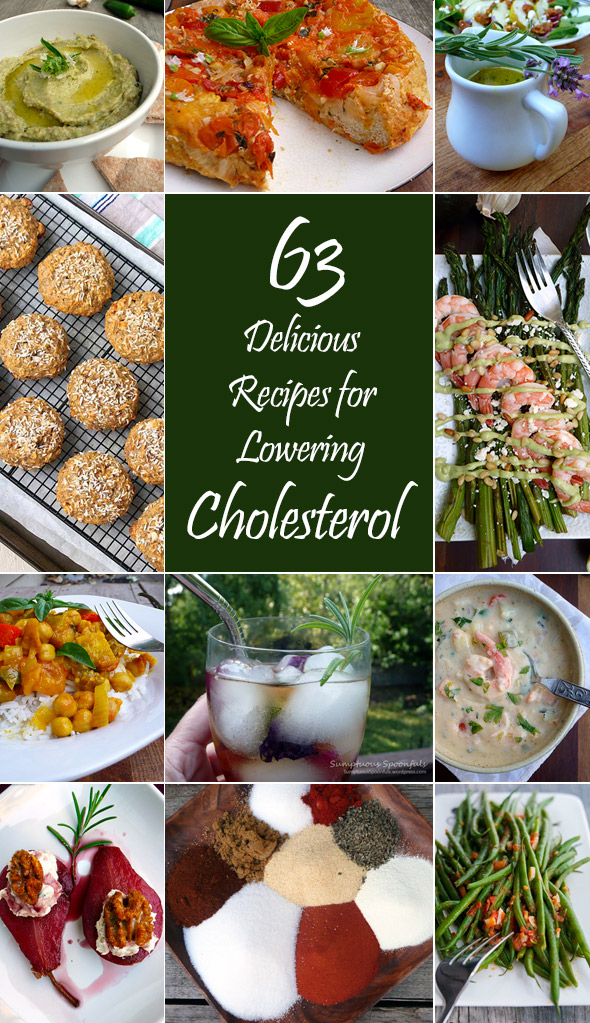
So what CAN you eat to lower your cholesterol and protect your heart?
Oh there are sooo many yummy options!
In Part 1 of this series, I shared 30 recipes for lowering cholesterol, featuring hot peppers, eggs, nuts, fatty fish like salmon, tuna and trout, garlic & onions, beans and legumes, grass fed butter, grass fed cheese, and (one of my all-time favorites!) avocados.
Then in Part 2 of this series, there were 52 MORE delicious recipes that focused in on cruciferous vegetables like broccoli, cauliflower, kale and cabbage, berries (include strawberries, blueberries, raspberries …), apples and pears, citrus fruits, dark chocolate, cocoa and mushrooms. SO many good recipes there.
And now I’m finally circling back to finish off this cholesterol lowering series. I’m super excited for this one because it starts out with my favorite spring vegetable: asparagus, along with whole grains and so many other delicious options. Reducing your cholesterol doesn’t mean eating boring!
Let’s get started.
What other foods can I eat to lower my cholesterol and help my heart stay healthy?
Asparagus
Asparagus – Along with the many other health benefits, asparagus contains the amino acid asparagine which helps flush your body of excess salt. Plus asparagus has excellent anti-inflammatory effects and high levels of antioxidants, both of which may help reduce the risk of heart disease, not to mention it’s high in Vitamin K1 which helps your blood clot.
Recipe suggestions:

- Shrimp & Roasted Asparagus Salad with lemon avocado crema. You already knew lemon and avocado are two of the amazing things to protect your heart, but this dish takes it a bit further with shrimp and roasted asparagus. Total yums … and so pretty too!
- Roasted Asparagus with Asiago Chive Breadcrumbs – use whole wheat breadcrumbs to boost the fiber.
- Asparagus Crab Bisque – a delightful spring soup!
- Lemony Roasted Asparagus, Rice & Pea Salad – use brown rice in this lovely salad to up the fiber even more
- Asparagus & Tomato Pasta Salad – from Cooking with Mary & Friends – use whole wheat or chickpea pasta for extra heart healthy fiber

Whole Grains (especially oat bran & barley)
Whole Grains especially oats and barley. Both oats and barley contain a soluble fiber called beta-glucan which aids in lowering cholesterol levels. Ingesting roughly 3 to 10 grams of beta-glucan daily can help lower total cholesterol between 14 to 20%, LDL cholesterol by between 3 and 24% and triglycerides by 6 and 16%. It is thought that beta-glucan reduces the absorption of cholesterol and fat into the bloodstream.
One recent trick I’ve learned to up the fiber in oatmeal and baked goods: use oat bran in place of oatmeal or flour. Oat bran has over double the amount of fiber that regular oatmeal has and it’s delicious! It comes in nice little flakes, so it’s less conspicuous than oatmeal, makes a lovely hot breakfast cereal and works beautifully in baked goods.

Oat Bran Recipe Suggestions:
- Peanut Butter Chocolate Fiber Bars
- Pumpkin Chocolate Chip Oatmeal Pie – substitute oat bran in place of oatmeal for more fiber
- Chia Oat Banana Nut Bread
- Strawberry Rhubarb Baked Oatmeal – substitute oat bran in place of oatmeal for more fiber
Barley Recipe Suggestions:
- Creamy Barley Risotto with Asparagus & Sea Scallops
- Steak and Mushroom Barley Soup – use grass-fed beef for a more heart healthy soup
- Lentil Barley Harissa Veggie Stew
- Cabbage Roll Soup (which uses barley in place of rice!)
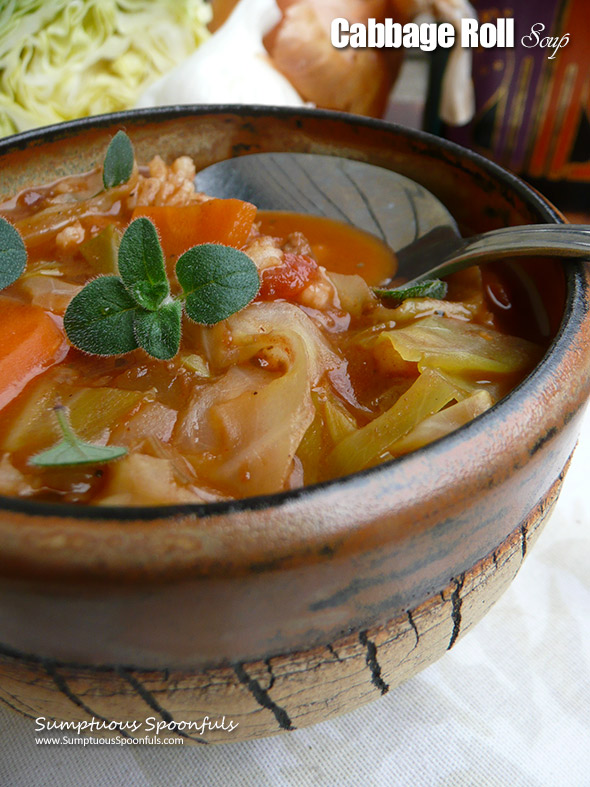
Quinoa
Quinoa – Quinoa is an ancient grain with a nutty flavor and chewy texture. Preliminary studies show that adding quinoa to your diet significantly lowers cholesterol. Overweight women who ate one small serving of quinoa flakes a day not only reduced their total cholesterol, LDL, and triglycerides, but also boosted their body’s antioxidant power, likely because quinoa is loaded with free-radical-fighting phytochemicals.
I discovered quinoa after my aunt died of a heart attack and have since fallen in love with this ancient grain!

Recipe Suggestions:
- Autumn Butternut Cranberry Quinoa with brussels sprouts and walnuts. SO many beautiful colors and flavors in this heart healthy dish!
- Savory Breakfast Quinoa with Harvest Veggies – this heart healthy breakfast quinoa is so satisfying.
- Spinach Quinoa Stuffed Mushrooms – use grass fed cheese to keep these heart healthy. Substitute walnuts for the pecans for even more cholesterol lowering power.
- Mushroom Asparagus Quinoa Quiche Cups – perfect for breakfast on the go
- Fruity Quinoa Salad with Lemon Honey Rosemary Dressing – from Hadia’s Lebanese Cuisine
- Coconut Quinoa Breakfast Cookies – from the Fountain Avenue Kitchen
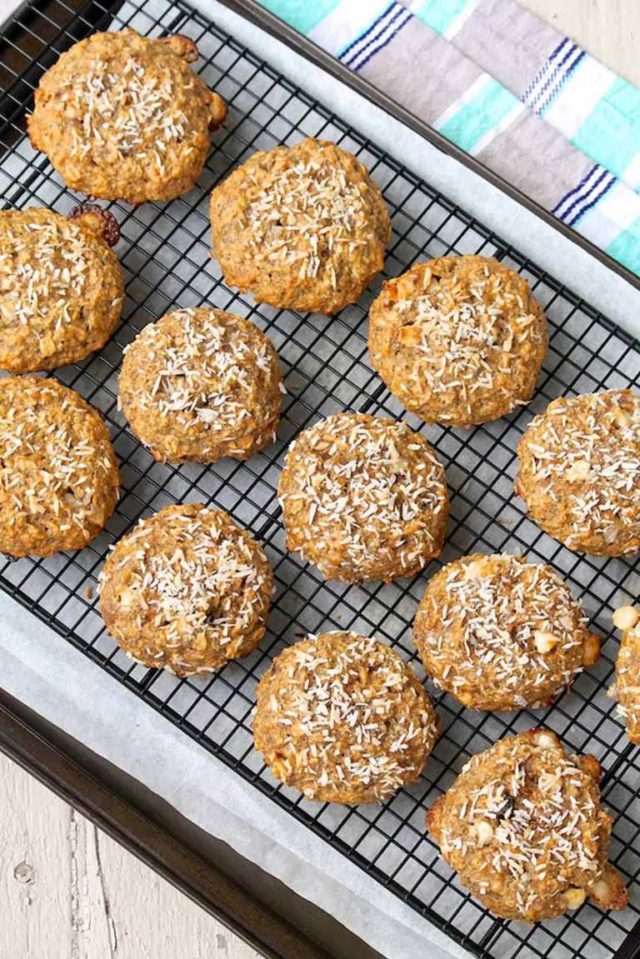
Heart Healthy Oils
Olive oil, avocado oil and other plant-based oils – Diets high in omega-3 fats and monounsaturated fat can help lower your “bad” LDL cholesterol and raise your “good” HDL cholesterol. “Healthy” fats include avocado, canola, flaxseed, olive, peanut, sunflower and walnut oils. When used to replace a similar amount of saturated fat, olive oil and other plant-based oils can contribute to a heart-healthy, low cholesterol diet. Use them sparingly, however. oils are high in calories and can lead to obesity (and obesity is definitely not heart healthy).

Recipe Suggestions:
- Grilled and Smothered Artichokes – from Moore or Less Cooking
- Roasted Parmesan Coated Vegetables – from What’s Cookin Italian Cuisine
- Avocado Bruschetta – from What’s Cookin Italian Cuisine
- Avocado, Black Bean & Corn Salad – from What’s Cooking Italian Cuisine
- Slow Roasted Cherry Tomatoes Preserved in Olive Oil
- Rosemary Sage Roasted Butternut Squash
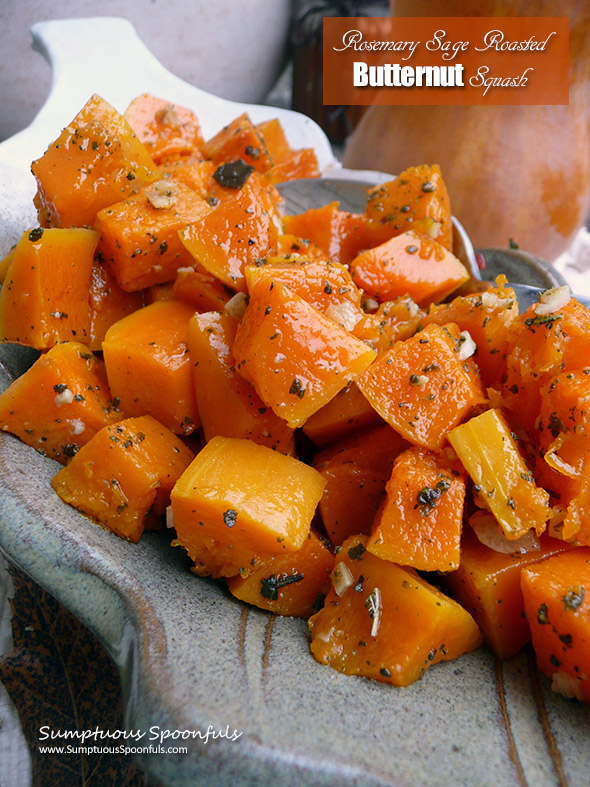
Tea
Tea – Some research indicates that antioxidants found in tea may help lower cholesterol. And several kinds of tea, including green tea, rooibos tea and ginger tea have been shown to reduce cholesterol. Tea also contains catechins which help activate nitric oxide (important for healthy blood pressure) and inhibit cholesterol synthesis and absorption and help prevent blood clots. Quercetin, which is found in tea as well, may improve blood vessel function and lower inflammation.

Recipe Suggestions:
- Vanilla Rose Vodka Iced Tea
- Better than Starbucks Iced Chai Latte
- Cinnamon Chai Banana Bread – use oat bran in place of the all purpose flour for more heart healthy fiber
Wine
Wine – alcohol can raise HDL cholesterol levels (the “good” type that helps sweep cholesterol deposits out of your arteries and protects against a heart attack). In particular, red wine might offer the greatest benefit for lowering heart disease risk and death because it contains higher levels of natural plant chemicals — such as resveratrol — that have antioxidant properties and might protect artery walls. However, drinking too much alcohol can increase your risk of heart disease.
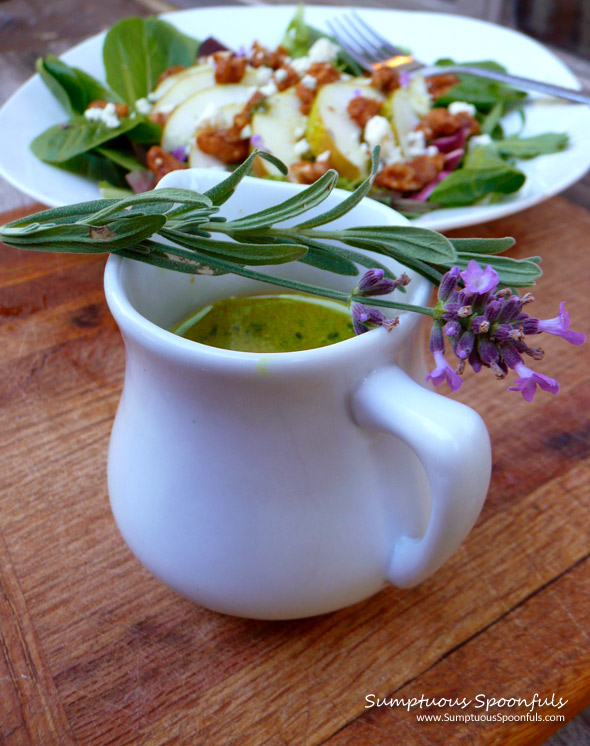
Suggested Recipes:
- Honey White Wine Lavender Vinaigrette
- Red Cherry Rosemary Sangria
- Lemon Garlic Butter Chicken – with white wine in the sauce. Use grass fed butter to make this dish heart healthy
- Blueberry Lavender Wine Rum Fizz
- Rosemary Red Wine Poached Pears
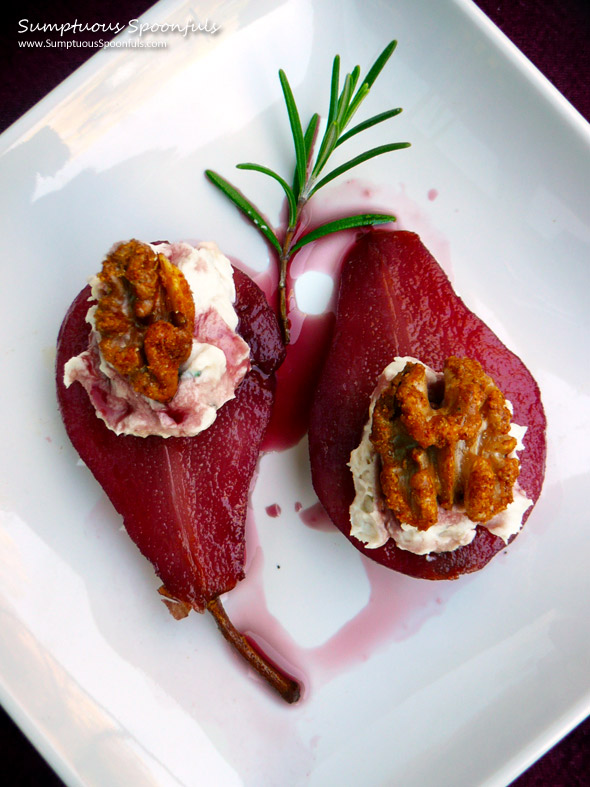
Pectin-rich Veggies like Eggplant, Carrots and Okra
Eggplant, Green Beans, Carrots and Okra – vegetables in general are awesome for reducing cholesterol because are rich in fiber and antioxidants and low in calories, but pectin-rich veggies like eggplant, green beans, carrots and okra are even better for your heart because pectin can lower cholesterol by up to 10%.

Recipe Suggestions:
- Eggplant & Chickpea Curry
- Baked Creole Eggplant Fries
- Grilled Eggplant Gyros
- Spicy Asian Sriracha Green Beans
- Crisp & Spicy Pickled Green Beans
- Creamy Carrot Cauliflower Soup
- Sweet Carrot Ginger Salad Dressing
- Carrot Lime Salad
- Green Beans with Tomato & Garlic – from Carrie’s Experimental Kitchen
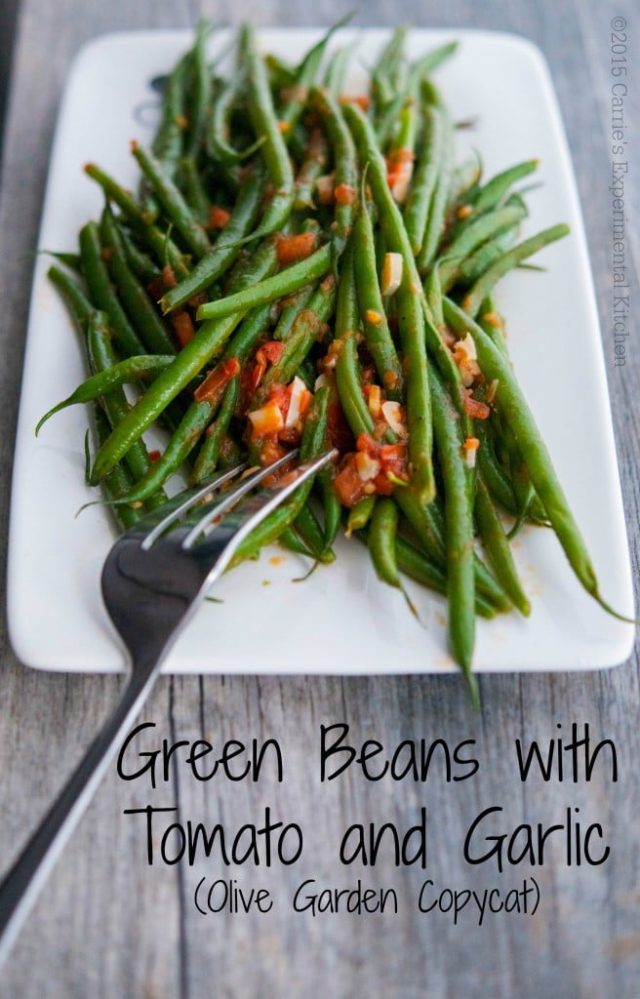
Tomatoes
Tomatoes – Diets high in tomato products have been shown to be associated with a reduced risk of cardiovascular disease. Tomatoes are also a good source of lycopene, which can reduce the amount of LDL (“bad” cholesterol) in your blood.

Suggested Recipes:
- Tomato Basil Upside Down Focaccia – up the whole wheat flour or substitute some oat bran for part of the bread flour to add extra fiber
- Shakshuka (eggs in Moroccan tomato sauce)
- Smoky Spanish Romesco Sauce
- Wagyu Beef Bolognese Sauce
- Pico de Gallo Salsa – Cooking with Mary & Friends
- Farmer’s Market Vegetable Soup – Cooking with Mary & Friends
Spices like turmeric, thyme, cumin and ginger.
Turmeric contains curcumin, an antioxidant compound found in the yellow Indian spice turmeric, which has such remarkable health benefits that researchers have dubbed it “the golden spice of life.” Curcumin has been proven to lower LDL cholesterol and prevent its oxidation, suppressing plaque build-up in arteries. Turmeric appears to have the ability to prevent cholesterol production in the liver, block cholesterol absorption in the gut, and reduce LDL cholesterol oxidation in the lining of the arteries. It also lowers inflammation, and helps with arthritis, memory, fatigue, depression, and more. (Sources: University Health News and Bale Doneed)

Turmeric Suggested Recipes:
Thyme lowers blood pressure and cholesterol, plus it also acts as a natural cough remedy, boosts your mood and your immune system. (Source: Healthline)

Thyme Recipe Suggestions:
- Irish Seafood Chowder – leave the peels on the potatoes for extra fiber. Also, you might substitute some cauliflower for some of the potatoes to add a little extra heart healthy boost.
- Honey Orange Thyme Marinated Cheddar – make sure to use grass fed cheddar (like Kerrygold’s Skellig or Aged Cheddar) to add heart-healthy vitamin K2 to your diet
Cumin: Several studies have shown that cumin lowers cholesterol and triglycerides and increases HDL levels (the good kind of cholesterol) and it makes sense that it would. Cumin contains a variety of beneficial compounds, like essential fatty acids, polyphenols, and flavonoids. Many of these, like catechins, quercitin, and luteolin, are well known to have beneficial effects on cardiovascular risk factors including cholesterol and triglycerides. These compounds act as antioxidants, which help to keep cholesterol and triglyceride levels in the healthy range. Other benefits of cumin? This delicious seasoning often used in Mexican food can help control high blood pressure, and fight bacterial, viral and fungal infections. (Source: University Health News)

Cumin Recipe Suggestions:
- Avocado Jalapeno Zummus
- Smoky Harissa Paste
- Seriously Awesome Black Bean & Rice Burgers – use brown basmati (in place of the white basmati) to make these extra heart healthy
- Red Robin Seasoning Copycat Recipe #2

Ginger: Used in traditional Chinese, Indonesian and Ayurvedic medicine, ginger has been used for centuries to treat a variety of cardiovascular conditions. How? Ginger has anti-inflammatory properties that help to reduce inflammation by actually blocking the very genes needed to create inflammation in the first place. Many studies show that ginger reduces blood cholesterol levels (probably by reducing inflammation and oxidative stress) and also by improving liver function. Ginger may also help lower blood pressure, another indicator of heart disease. (Source: GingerPeople and Healthline)
Ginger Recipe Suggestions:
- Ginger Apple Plum Oat Crumble – use oat bran in place of the oats for extra fiber
- Cinnamon Ginger Candied Walnuts
- Curried Aubergine Red Pepper Soup
- Butternut Chickpea Curry
- Cilantro Coconut Curry Sauce (with fresh ginger!)
- Ginger Spice Pumpkin Oatmeal Cookies – I recommend using grass fed butter and oat bran in place of the oatmeal for more heart healthy fiber.


12 comments
Excellant information i am not only going to pin but send to al my friends tjis will surely benefit them thanks so much
Awesome post.
Every recipe on here looks amazing. Shows delicious can be healthy!
[…] want to hear more about that adventure, visit my posts on lowering cholesterol: part 1, part 2 and part 3.) Anyway, as part of that goal, I’m trying to make sure I eat some fatty fish twice a week. A […]
[…] Easy Tips for Lowering Cholesterol + 63 More Recipes […]
[…] Easy Tips for Lowering Cholesterol + 63 Delicious Recipes (Part 3) […]
[…] cream, I would argue THIS is the best ever. Yes, I’m a healthy eater. Yes, I worry about my cholesterol and heart health. And I also worry about overindulging in sugar-y treats because sugar is just as bad for your heart […]
[…] talked about the heart healthy benefits of asparagus in part 3 of my cholesterol busting posts. Aside from that, asparagus is not only prized for its delicate flavor, it’s also jam-packed […]
[…] Easy Tips for Lowering Cholesterol + 63 Delicious Recipes (Part 3) […]
[…] Reducing cholesterol […]
[…] The other day, I decided I wanted a dip to go with the beautiful honeycrisp apples that my dad grew. I’m not much of a raw apple eater, but I know they are so good for you. So I wanted to find a way I would really LOVE eating apples. Because dad’s apples are just too gorgeous to let them go to waste. But I also wanted extra fiber, too. I’m really trying to get enough fiber in my diet every single day. Partly for my aging digestive system that doesn’t work as smoothly as it used to. But also for my heart health and my cholesterol level. […]
[…] many of the ingredients in the soup are heart healthy and proven to lower your cholesterol. See my series on lowering cholesterol for more […]